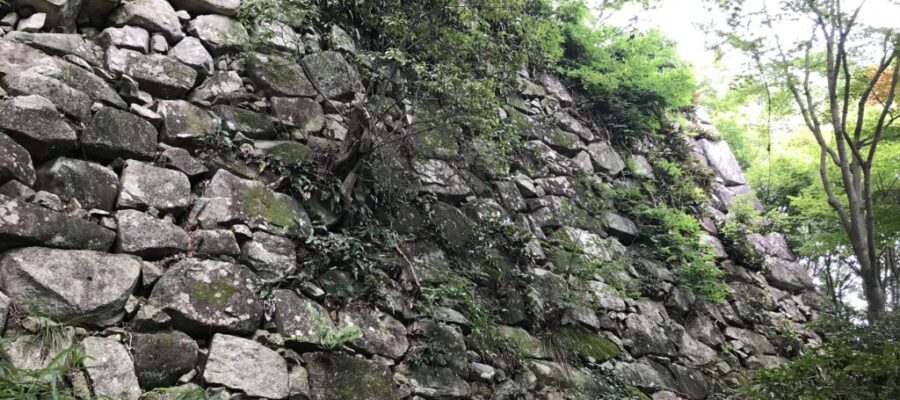ロープウェイで八幡山の山頂へ
近江八幡市の八幡堀を見に行った際に、車を留めた近くから八幡山に登るロープウェイに乗り山頂まで行きました。登りのロープウェイの車窓からは、先ほどまで歩き回った八幡堀、日牟禮神社などが良く見えました。山頂側の駅でロープウェイを降りてから、少し歩いて登ります。
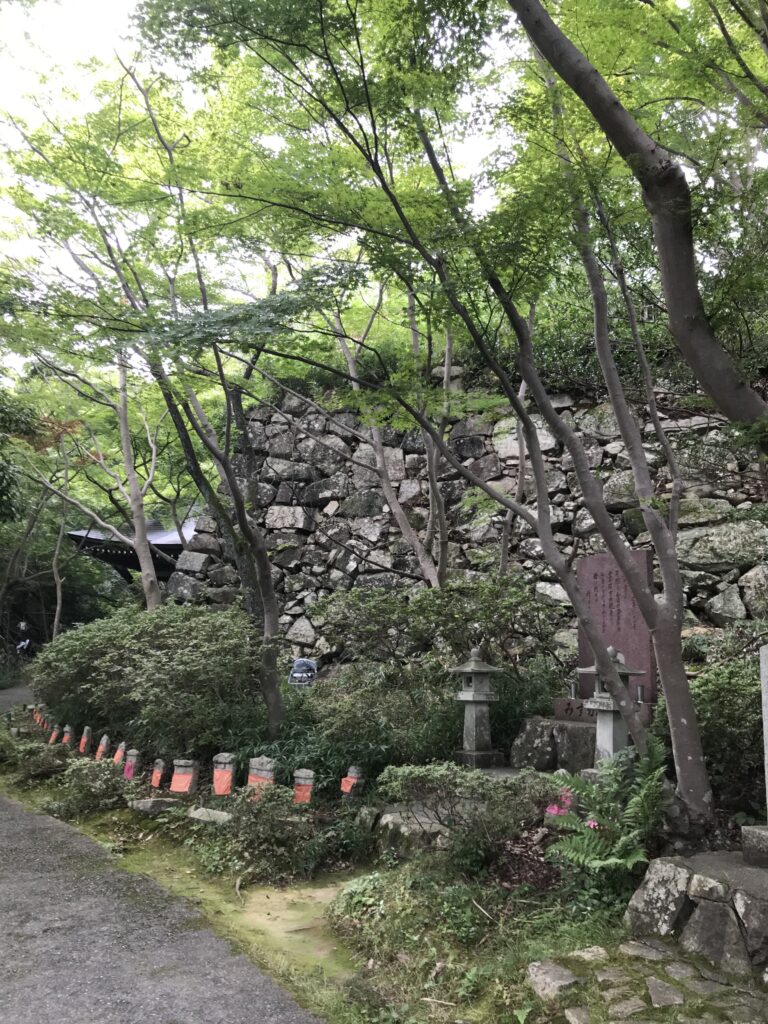
石垣だけが残る八幡山城
この八幡山は、1582年に安土城が落城してから3年後に、豊臣秀次が築いたお城です。山頂部に本丸を設け、二の丸、西の丸、北の丸を配置していました。当時の遺構として現在の残るのは石垣のみです。石垣のみを見て、お城を楽しめるレベルには、まだまだ達していないため、いい眺めがないかと、それほど広くない山頂を道伝いにうろうろしていました。
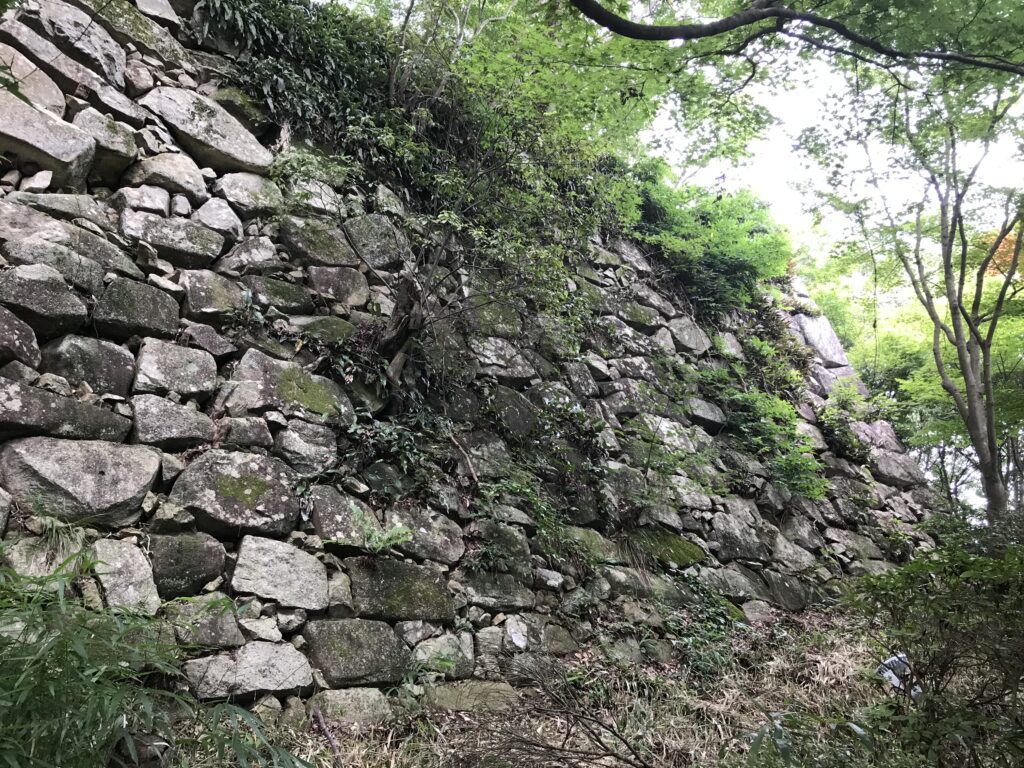
豊臣秀次というと、豊臣秀吉の養子となり関白職を継ぎましたが、秀吉の実子、秀頼が産まれたため、秀吉により自害させられた悲劇を思い浮かべる方も多いとでしょう。その後、一族が処刑されたため、深い悲しみの物語として人々に記憶されています。この事件については、諸説出ているので、その真偽は歴史家に任せますが、命を全うすることが難しい時代の厳しさを感じます。
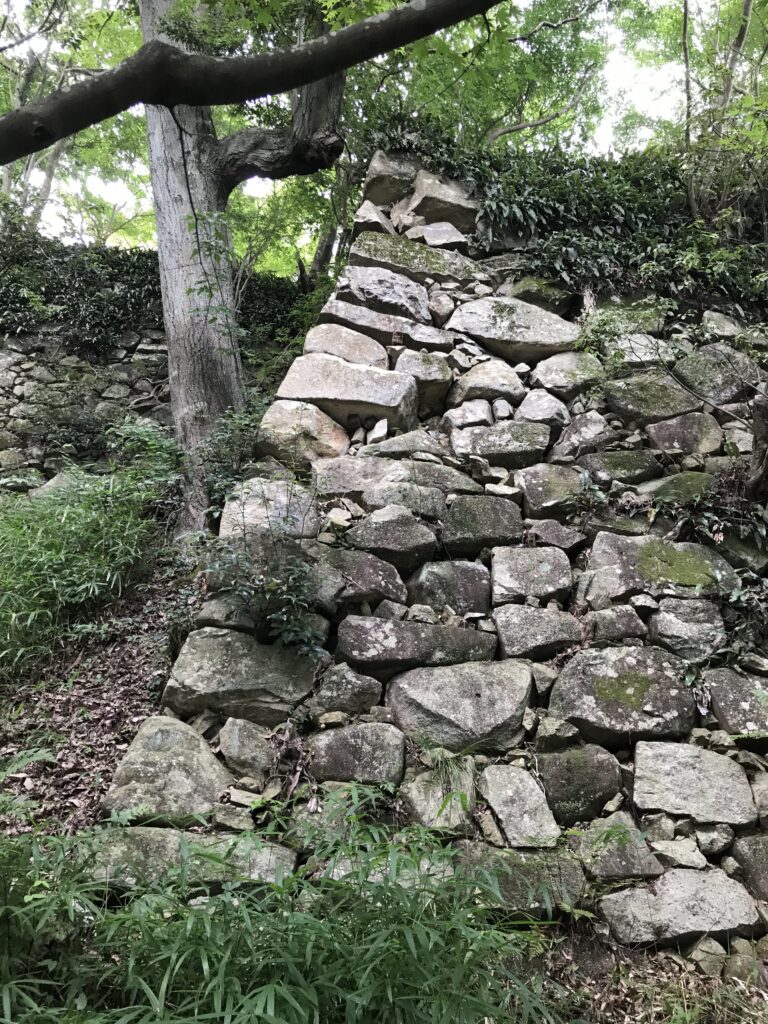
発掘調査で金箔瓦が多数見つかる
現在、山頂の本丸跡には、秀次の菩提寺であった村雲御所瑞龍寺が京都から移築されています。また、秀次の居館跡の発掘調査にて、金箔瓦が多数見つかっています。秀吉が重要な臣下に許したのが、金箔瓦です。築城当時の八幡山城は、さぞ豪華だったでしょう。
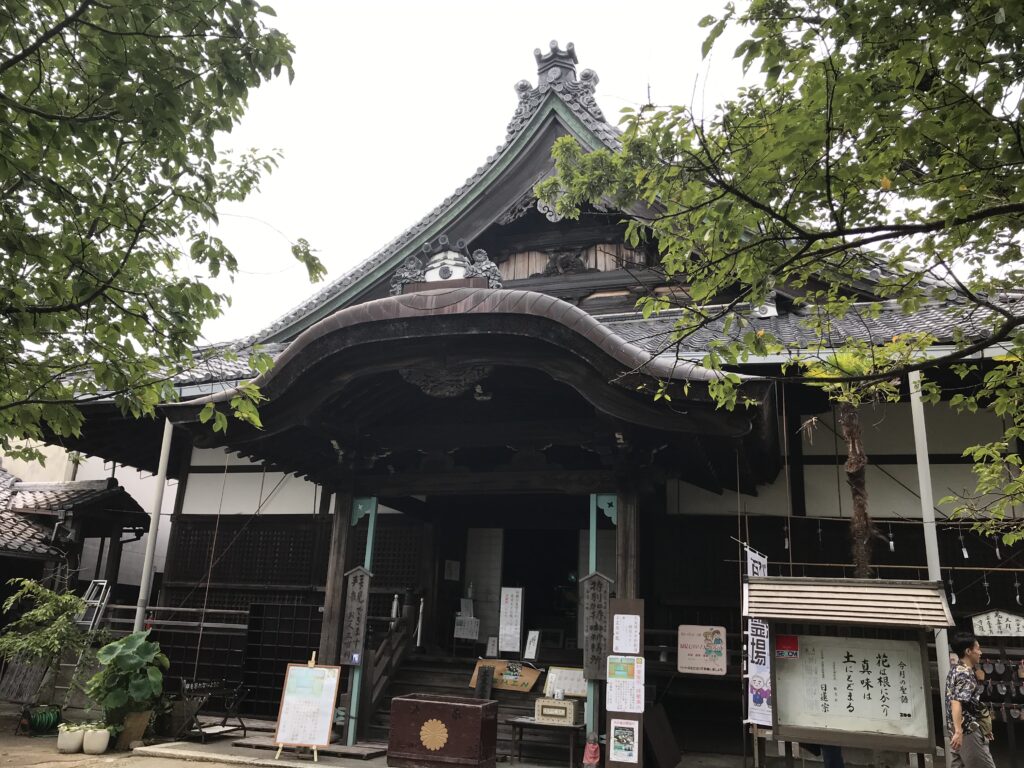
八幡山からは琵琶湖も一望できます。生憎の曇り空でしたが、秀次も見たであろう同じ風景を眺めながら、平和な時代に生きられるありがたさを感じました。(完)
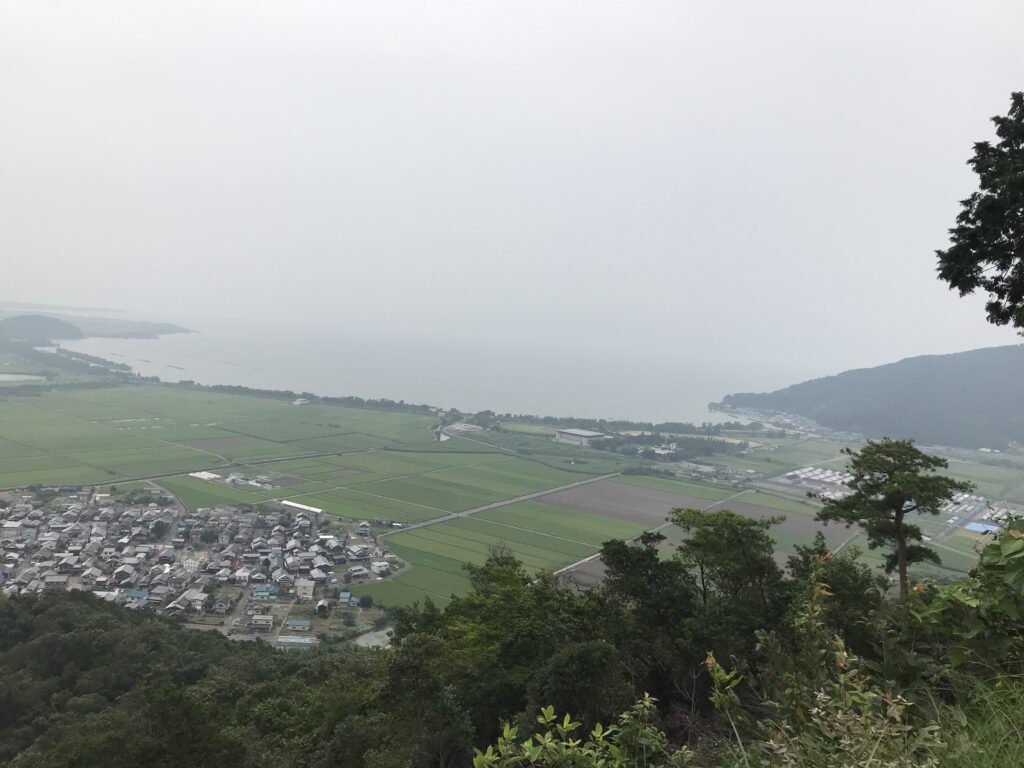
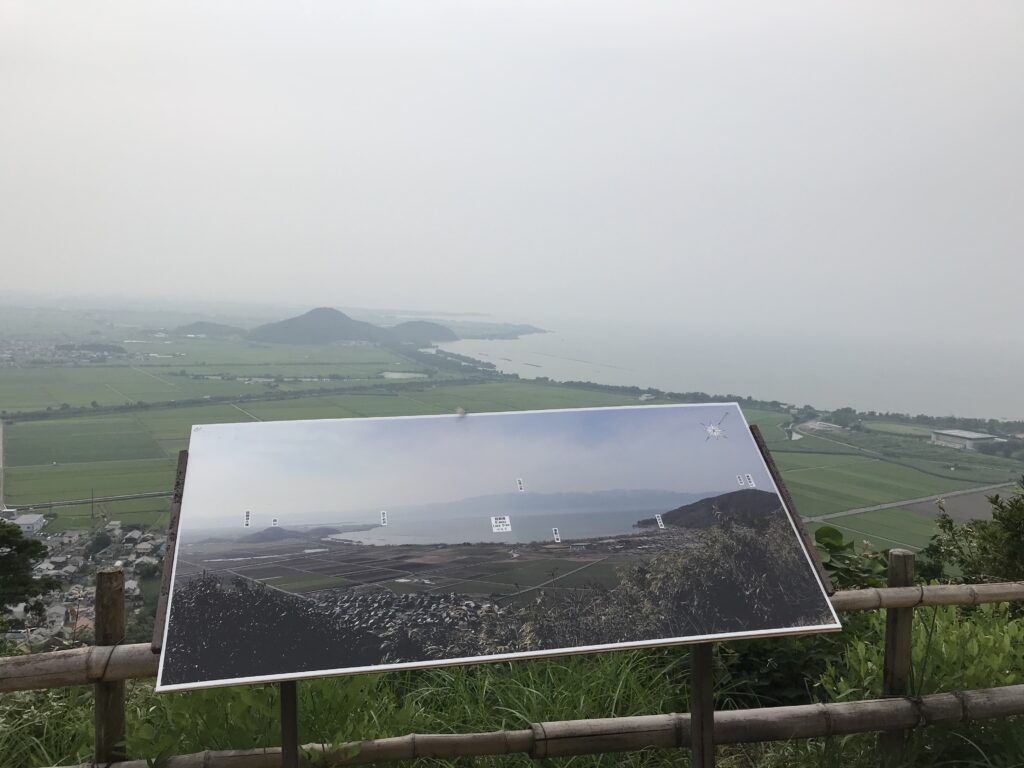
八幡山城の御城印
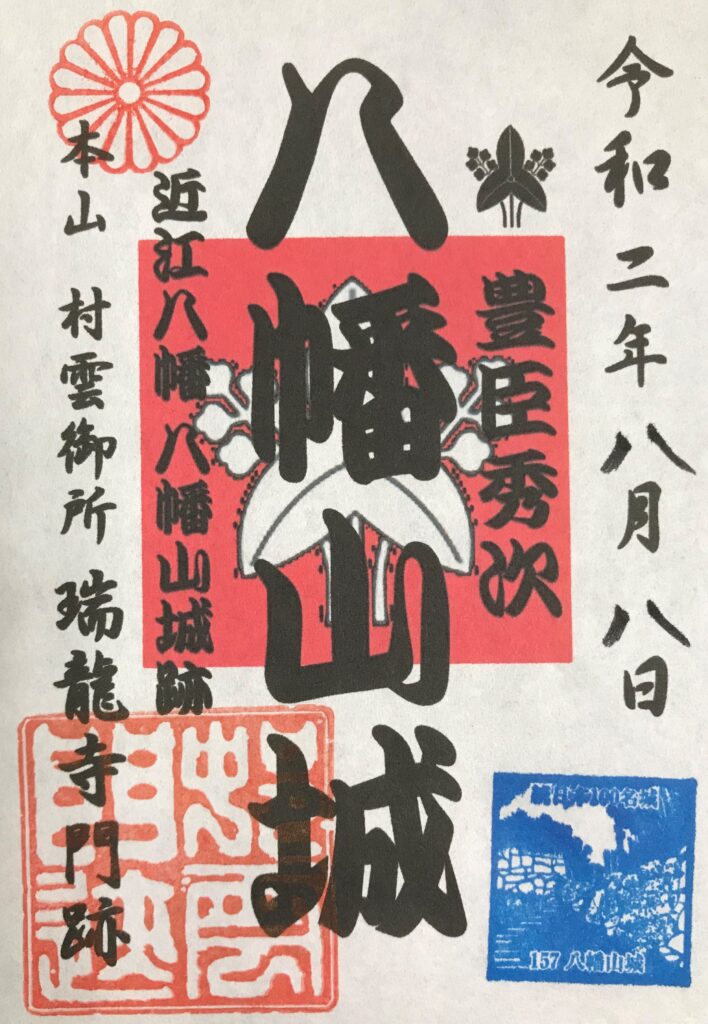
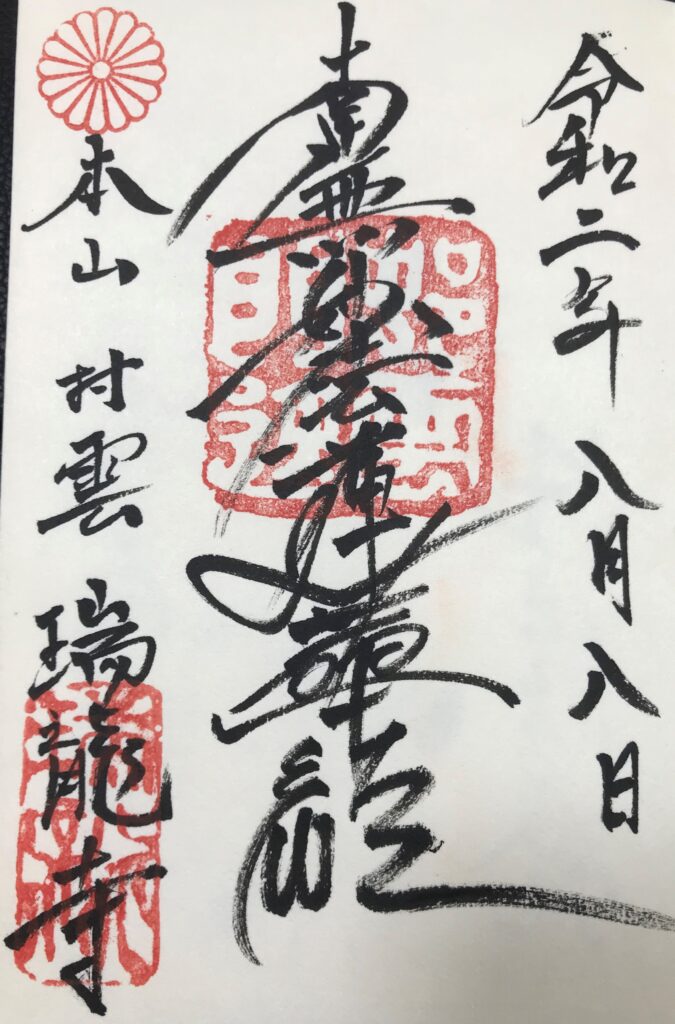
ふるさと納税で近江牛を食べましょう
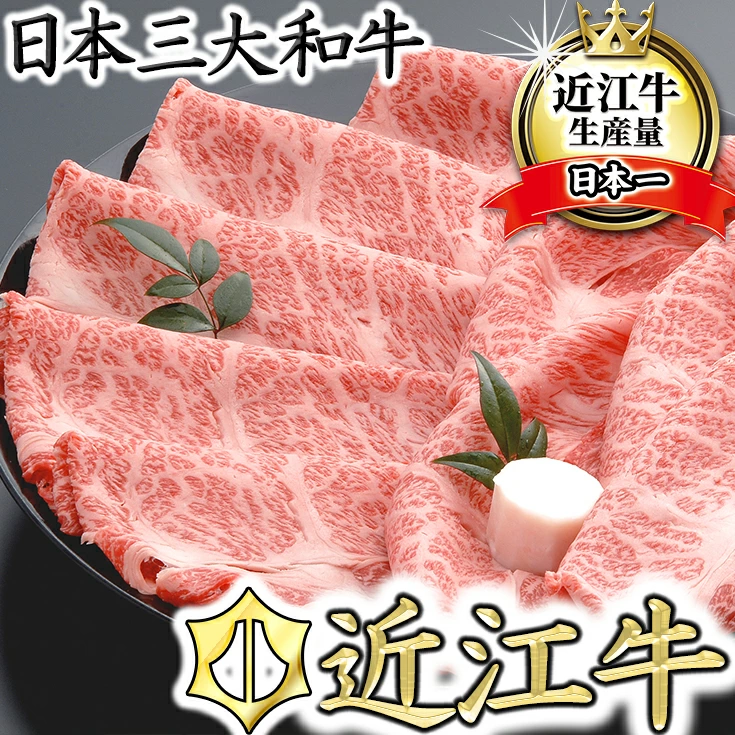
【ふるさと納税】【2月末までに発送】【4等級以上の未経産牝牛限定】近江牛肩ロースすき焼き【500g】【牛肉】【牛】【a4】【a5】【牛丼】
価格:23,000円
(2021/12/17 23:51時点)
感想(251件)
Hachimanyama Castle (Shiga Prefecture)
Took the ropeway to the top of Hachiman Mountain.
When I went to see the Hachimanbori moat in Omihachiman City, I took the ropeway from near where I parked my car to the top of Hachiman Mountain. From the window of the ropeway on the way up, I could see Hachimanbori and Himure Shrine, which I had just walked around. After getting off the ropeway at the station on the summit side, I walked a little further up the mountain.
Only the stone walls remain of Hachimanyama Castle.
This Hachimanyama castle was built by Toyotomi Hidetsugu three years after the fall of Azuchi Castle in 1582. The main building area was located at the top of the mountain, followed by the Ninomaru area, Nishinomaru area, and Kitanomaru area. All that remains of the castle today are the stone walls. I’m not yet at the level where I can enjoy the castle just by looking at the stone walls, so I wandered along the path along the not-so-wide mountaintop looking for a good view.
Many people may recall the tragedy of Toyotomi Hidetsugu, who was adopted by Toyotomi Hideyoshi and succeeded to the post of “Kanpaku” (chief minister), but was forced to commit suicide after Hideyoshi’s own son, Hideyori, was born. Later, his family was executed, and the story is remembered as one of deep sorrow. There are many theories about this incident, so I will leave it to the historians to tell the truth, but I feel the harshness of the times when it was difficult to live a full life.
Excavations reveal many gold leaf tiles.
Today, Murakumo Gosho Zuiryuji Temple, which was Hidetsugu’s family temple, has been moved from Kyoto to the site of the main castle at the top of the mountain. In addition, many gold leaf tiles were found in the excavation of the remains of Hidetsugu’s residence. Hideyoshi allowed his important vassals to use the gold leaf tiles. At the time of its construction, Hachimanyama Castle must have been very luxurious.
From Hachimanyama mountain, you can also see Lake Biwa. It was a cloudy day, but as I gazed at the same scenery that Hidetsugu must have seen, I felt grateful to be living in a peaceful time. (End)
Château de Hachimanyama (préfecture de Shiga)
J’ai pris le téléphérique jusqu’au sommet de la montagne Hachiman.
Lorsque je suis allé voir les douves de Hachimanbori dans la ville d’Omihachiman, j’ai pris le téléphérique depuis l’endroit où j’avais garé ma voiture jusqu’au sommet de la montagne Hachiman. De la fenêtre du téléphérique, j’ai pu voir Hachimanbori et le sanctuaire Himure, que je venais de contourner. Après être descendu du téléphérique à la station du côté du sommet, j’ai marché un peu plus haut dans la montagne.
Il ne reste que les murs de pierre du château d’Hachimanyama.
Ce château Hachimanyama a été construit par Toyotomi Hidetsugu trois ans après la chute du château Azuchi en 1582. La zone de construction principale était située au sommet de la montagne, suivie de la zone Ninomaru, de la zone Nishinomaru et de la zone Kitanomaru. Tout ce qui reste du château aujourd’hui, ce sont les murs de pierre. Je ne suis pas encore au niveau où je peux apprécier le château juste en regardant les murs de pierre, alors j’ai erré le long du chemin qui longe le sommet de la montagne pas si large à la recherche d’une bonne vue.
Nombreux sont ceux qui se souviennent de la tragédie de Toyotomi Hidetsugu, qui fut adopté par Toyotomi Hideyoshi et accéda au poste de “Kanpaku” (ministre en chef), mais fut contraint de se suicider après la naissance du propre fils de Hideyoshi, Hideyori. Plus tard, sa famille a été exécutée, et l’histoire est restée dans les mémoires comme celle d’un profond chagrin. Il existe de nombreuses théories sur cet incident, je laisserai donc aux historiens le soin de dire la vérité, mais je ressens la dureté de cette époque où il était difficile de vivre pleinement sa vie.
Les fouilles révèlent de nombreux carreaux à la feuille d’or.
Aujourd’hui, le temple Murakumo Gosho Zuiryuji, qui était le temple familial de Hidetsugu, a été déplacé de Kyoto vers le site du château principal au sommet de la montagne. En outre, de nombreux carreaux en feuilles d’or ont été découverts lors des fouilles des vestiges de la résidence de Hidetsugu. Hideyoshi autorisait ses vassaux importants à utiliser les tuiles en feuille d’or. À l’époque de sa construction, le château de Hachimanyama devait être très luxueux.
Depuis la montagne Hachimanyama, on peut également voir le lac Biwa. C’était un jour nuageux, mais en regardant le même paysage que celui qu’a dû voir Hidetsugu, je me suis sentie reconnaissante de vivre à une époque paisible. (Fin)
